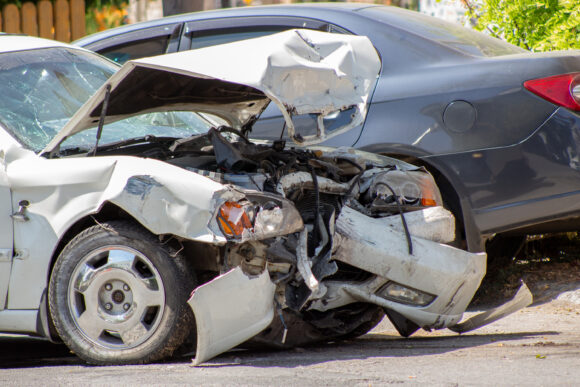The average claim cycle time for auto injury has dropped below pre-pandemic durations after rising rapidly in 2020 and 2021, but medical treatment patterns shifted away from conservative care, according to a new report by CCC Intelligent Solutions.
The report says average claim cycle times dropped to 160 days at the end of 2022, compared to 180 days in 2019 and just below 220 days in early 2021. The total number of procedures per injured party also dropped to less than 100, slightly below the pre-pandemic average.
Providers, however, are concentrating expensive procedures such as CAT scans, X-rays and evaluation and management early on in the claim, and billing less for therapeutic care such as chiropractic or physical therapy, the report says.
Cycle times for interventional procedures such as MRIs, epidural steroid injections or physical therapy have gone down, but costs for those services has soared, the report says. Some examples:
- The cost for spinal injections jumped to $2,767 in 2022 compared to $1,834 in 2019. The procedure was provided, on average, 196 days after the date of loss, compared to 209 days in 2019.
- The cost for MRIs increased to $1,645 from $1,460 over the same time frame. The procedure was provided in 84 days, compared to 92.
- The cost of anesthesia increased to $1,307 from $1,048. The procedure was provided in 173 days, on average, down from 182.
CCC industry analyst Erik Bahnsen, author of the report, said in an interview that the personal auto line hasn’t enjoyed the relatively slow inflation rate for medical care that has been experienced by workers’ compensation and general health care. The Workers Compensation Research Institute reported earlier this month that the cost of medical care in workers’ comp dipped during the pandemic. Inflation for both work comp treatment and health care in general hasn’t tracked the rate of inflation for the economy as a whole, WCRI said.
Bahnsen said for auto, medical care costs have increased 9% on average in each of the past four years. He said physicians who treat third-party auto injury claimants aren’t locked into contracted rates.
“They have the ability to charge whatever they want,” he said.
The report said three trends may explain the shift in treatment patterns: More severe crashes, increased labor costs for medical providers and an aging, sicker population.
CCC said its data shows that “collision energy” in auto claims remains elevated over pre-pandemic times. The change in velocity between a vehicle when in motion to the end of a collision is known as the Delta-v. CCC said the average Delta-v of about 6.7 in 2019 climbed to 7.3 in 2020 and remained above 7 as of this May.
An increase in the percentage of claims with a head injury diagnosis illustrates the more severe nature of crashes. In 2019, a little more than 3.5% of medical bills had a head injury diagnosis. The percentage of head injury claims now tops 4.5.
Medical providers are also contending with significant inflation of supplies and labor costs. Their contracted reimbursement rates from payers such as Medicare and private health insurers remained largely static.
Finally, an aging population and increased rates of obesity and now long-COVID add co-morbidities to the mix, increasing the complexity of treatment. Conditions such as chest pain, arthritis, nerve impingement, and herniated discs contribute to more billing for outpatient surgeries and injections, the report says.
“Time will tell if these new treatment patterns hold firm in the long-term,” the report says. “Newly emerging vehicle safety technology and increasing use of telematics may turn the tide of risky driving at some point in the near future, but the key takeaway here is that while U.S. drivers are logging a similar number of miles as compared to pre-COVID times, driving faster and with more distractions.”
Was this article valuable?
Here are more articles you may enjoy.


 Munich Re: Insured Losses From Wildfires, Storms and Floods Hit Record High
Munich Re: Insured Losses From Wildfires, Storms and Floods Hit Record High  First Brands Judge Approves Examiner to Probe Fraud Allegations
First Brands Judge Approves Examiner to Probe Fraud Allegations  NYC Sues Delivery App Over Lost Pay in New Mamdani Crackdown
NYC Sues Delivery App Over Lost Pay in New Mamdani Crackdown  Storm Goretti Batters Europe With Violent Winds, Power Cuts
Storm Goretti Batters Europe With Violent Winds, Power Cuts 